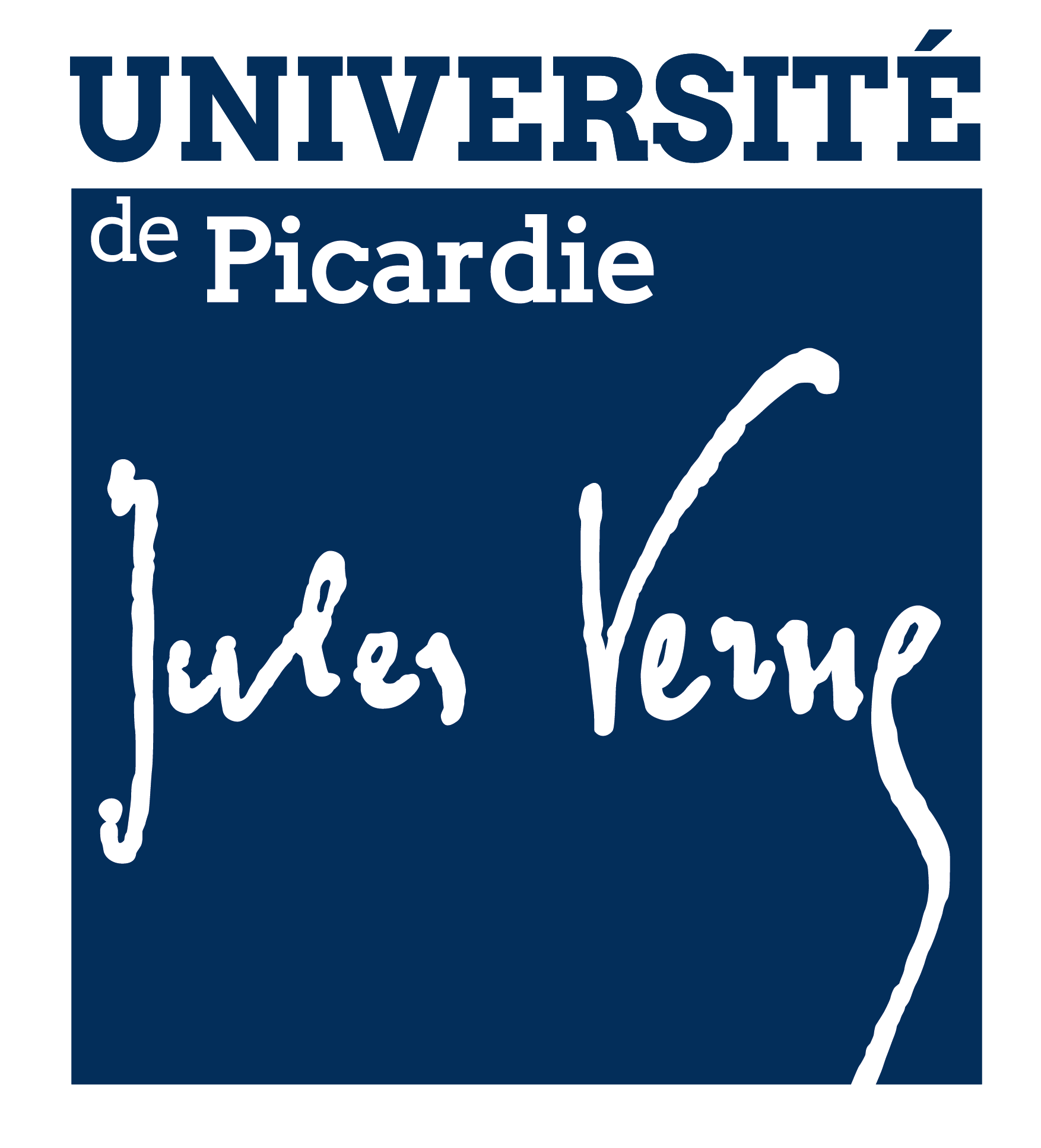ß-D-Glucan Assay in the Cerebrospinal Fluid for the Diagnosis of non-cryptococcal Fungal Infection of the Central Nervous System: A Retrospective Multicentric Analysis and a Comprehensive Review of the Literature
Résumé
Abstract Background Except for cryptococcosis, fungal infection of the central nervous system (FI-CNS) is a rare but severe complication. Clinical and radiological signs are non-specific, and the value of conventional mycological diagnosis is very low. This study aimed to assess the value of β1,3-D-glucan (BDG) detection in the cerebrospinal fluid (CSF) of non-neonatal non-cryptococcosis patients. Methods Cases associated with BDG assay in the CSF performed in 3 French University Hospitals over 5 years were included. Clinical, radiological, and mycological results were used to classify the episodes as proven/highly probable, probable, excluded, and unclassified FI-CNS. Sensitivity and specificity were compared to that calculated from an exhaustive review of the literature. Results In total, 228 episodes consisting of 4, 7, 177, and 40 proven/highly probable, probable, excluded, and unclassified FI-CNS, respectively, were analysed. The sensitivity of BDG assay in CSF to diagnose proven/highly probable/probable FI-CNS ranged from 72.7% [95% confidence interval {CI}: 43.4%‒90.2%] to 100% [95% CI: 51%‒100%] in our study and was 82% in the literature. For the first time, specificity could be calculated over a large panel of pertinent controls and was found at 81.8% [95% CI: 75.3%‒86.8%]. Bacterial neurologic infections were associated with several false positive results Conclusions Despite its sub-optimal performance, BDG assay in the CSF should be added to the diagnostic armamentarium for FI-CNS.
